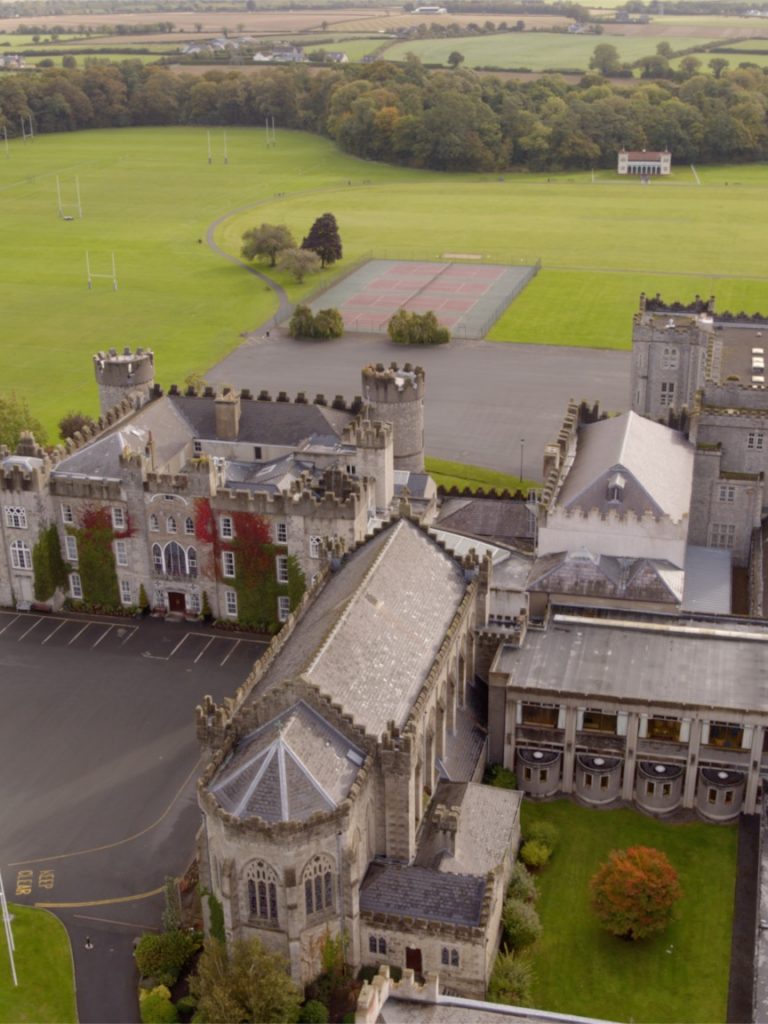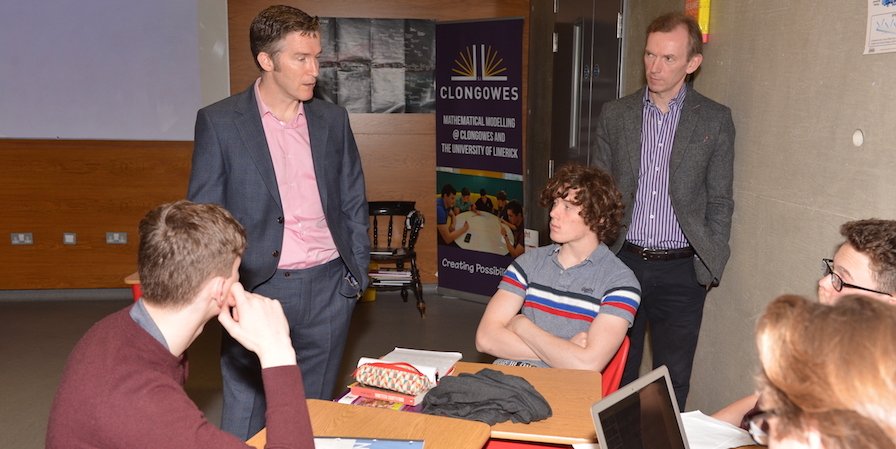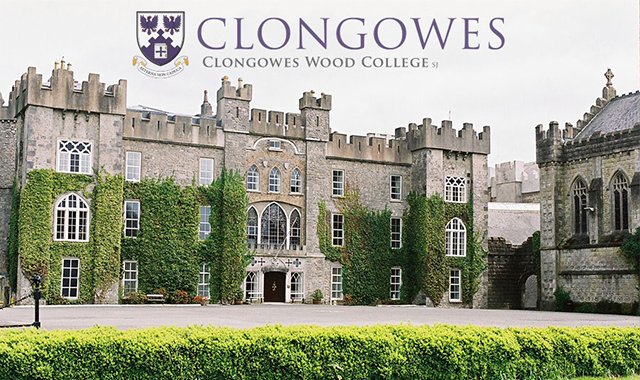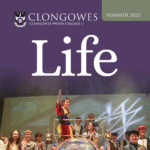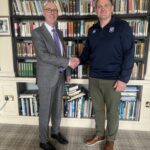What to do when you don’t know what to do
“ It is not the strongest of the species that survives, nor the most intelligent, but the one most responsive to change.” (Charles Darwin, The Origin of the Species”)
On Thursday May 18th an audience comprising pupils, teachers and parents gathered in the Music Performance Area to hear three groups of Poetry students offer their solutions to the optimisation of an elevator in a multi storey building. A fourth group offered a plan for creating an ‘app’ that would allow one to find the most cost effective way of refuelling one’s car. None of these problems was high on my list of concerns, but I have had the privilege of attending presentations by previous maths modelling groups and I knew I wouldn’t be disappointed.
The boys had already presented their work to the Applied Maths Faculty in the University of Limerick (click here for more), where the animator of their research, Professor James Gleeson (above left with Mr O’Hara), is the doyen in this field (Mathematics Applications Consortium for Science and Industry). This was also the boys’ first time to present to their parents, who proved to be a discriminating audience and more than capable of asking searching questions.
Each group had designed a poster to communicate the essence of its research, each one offering a mathematical solution to the problem posed, each one different to the others, even though three of the groups tackled the same problem. What I found fascinating was the process whereby the groups were effectively stranded with their problems, with Professor Gleeson and Mr. O’Hara gleefully refusing to help them become ‘unstuck’. ‘Find your own solution’, they said, and that is what they did.
Muddling through the uncertainty of where to start, let alone finish, they put their heads together (a plug for cooperative learning!) and found ingenious solutions that were presented as mathematical formulae. One did not need to be a mathematician to appreciate the beauty of their work. I look forward to the next of theses occasions not just for the joy of observing visible thought but also for the beautiful spread that was provided in the Castle afterwards.
Great credit must go to our own Stephen O’Hara, who has driven this unique collaboration with Professor Gleeson from its inception, giving up so much of his free time to drive this invaluable vehicle of learning. As a model of what twenty-first century education should look like, it is without equal. At a time when knowledge and technical expertise are following the same path as horse power, adaptive intelligence, the ability to know what to do when you don’t know what to do, will define what it means to be educated for the uncertain challenges ahead.
Martin Wallace, Deputy Principal


